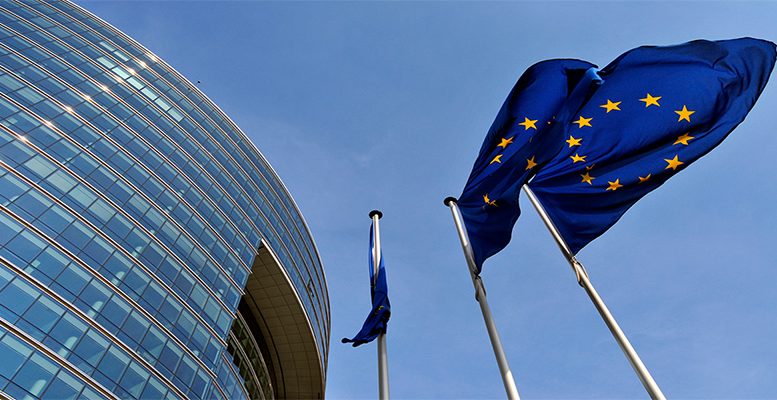Ecofin agreed last week on a set of actions to be undertaken between now and end-2018 to reduce EU banks’ amounting €921 billion in September 2016 (almost 9% of the euro area’s GDP. At last the EU finance ministers acknowledged that possible “negative cross-border spillovers” from high NPL ratios in some member states require a common EU strategy to address the problem.
As pointed by a press release, measures should both address existing stocks of NPLs and prevent a further accumulation of NPLs in the future. Therefore, the action plan spelled out four areas of action: Firstly, supervision, secondly structural reforms of insolvency and debt recovery frameworks, then development of secondary markets for distressed assets, and lastly fostering restructuring of the banking system.
In particular, the EU Commission has been tasked to publish by end-2017 a “blueprint” for the set-up of national asset management companies (i.e. bad banks) and to address how these could be compatible with current EU rules on bank resolution and state aid. In addition, the EC will prepare a “benchmarking exercise” (i.e. a country ranking) on the efficiency of national insolvency frameworks and will propose a common approach to foster the development of a secondary NPL market by summer 2018.
The Italian newspaper Corriere has also reported that the EC may now be more open to the idea that public-backed bad banks can acquire NPLs from troubled banks at “economic value” rather than “market value”, implying far smaller holes in the banks’ balance sheets. Some within the EC may also accept that these losses may not have to trigger private sector burden sharing of subordinated debt, according to Corriere, in contrast to what has happened recently in the case of Italian banks, as well as in the past in Spain and Ireland bad banks.
For Citi research analysts these renewed emphasis on tackling banks’ NPLs at the EU level is “good news”, given the still-largely incomplete banking union project.
Acknowledging that national bad banks (possibly taxpayer-financed) could be a useful tool in this respect and trying to address how to make bad banks compatible with current EU bank resolution/state-aid rules, is particularly positive, given the successful experiences of bad banks in Spain, Ireland and Slovenia.
A common blueprint for bad banks would speed up their approval, compared with the months-long negotiations that took Italy to agree the liquidations of two small lenders last month. However, the lack of urgency transpiring from the Ecofin statement suggests none of these measures will be agreed, let alone implemented, any time soon.





